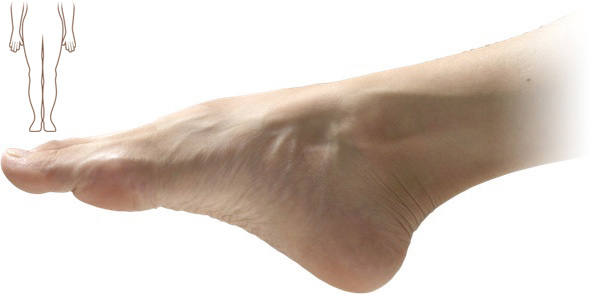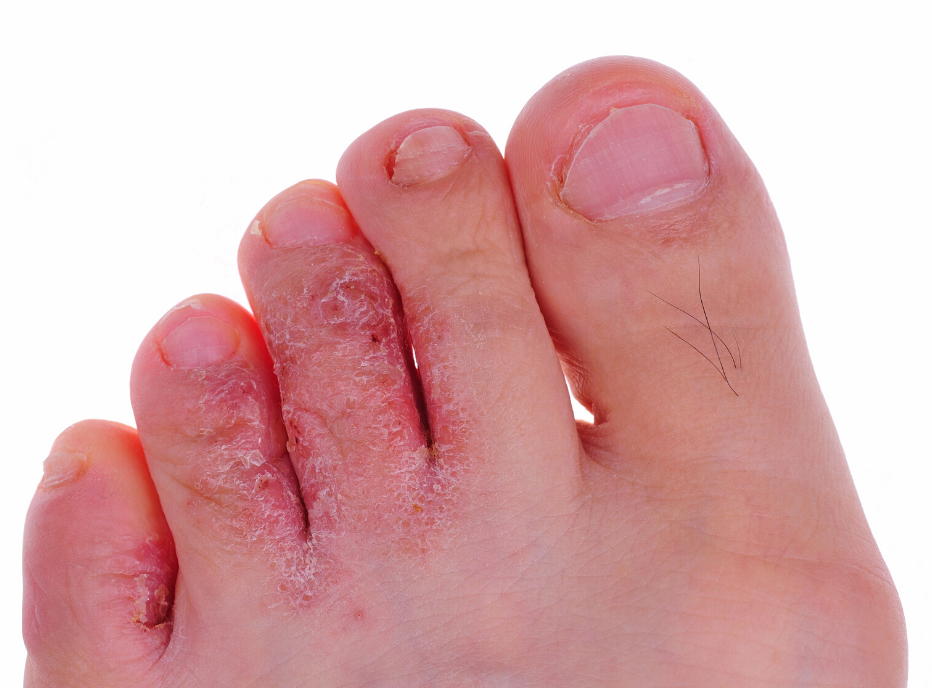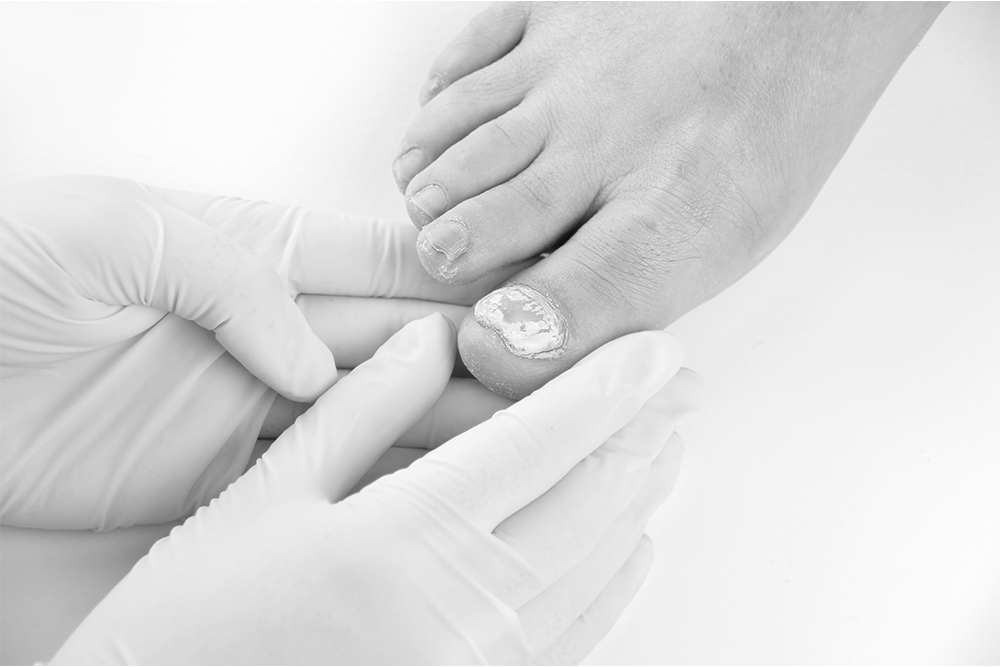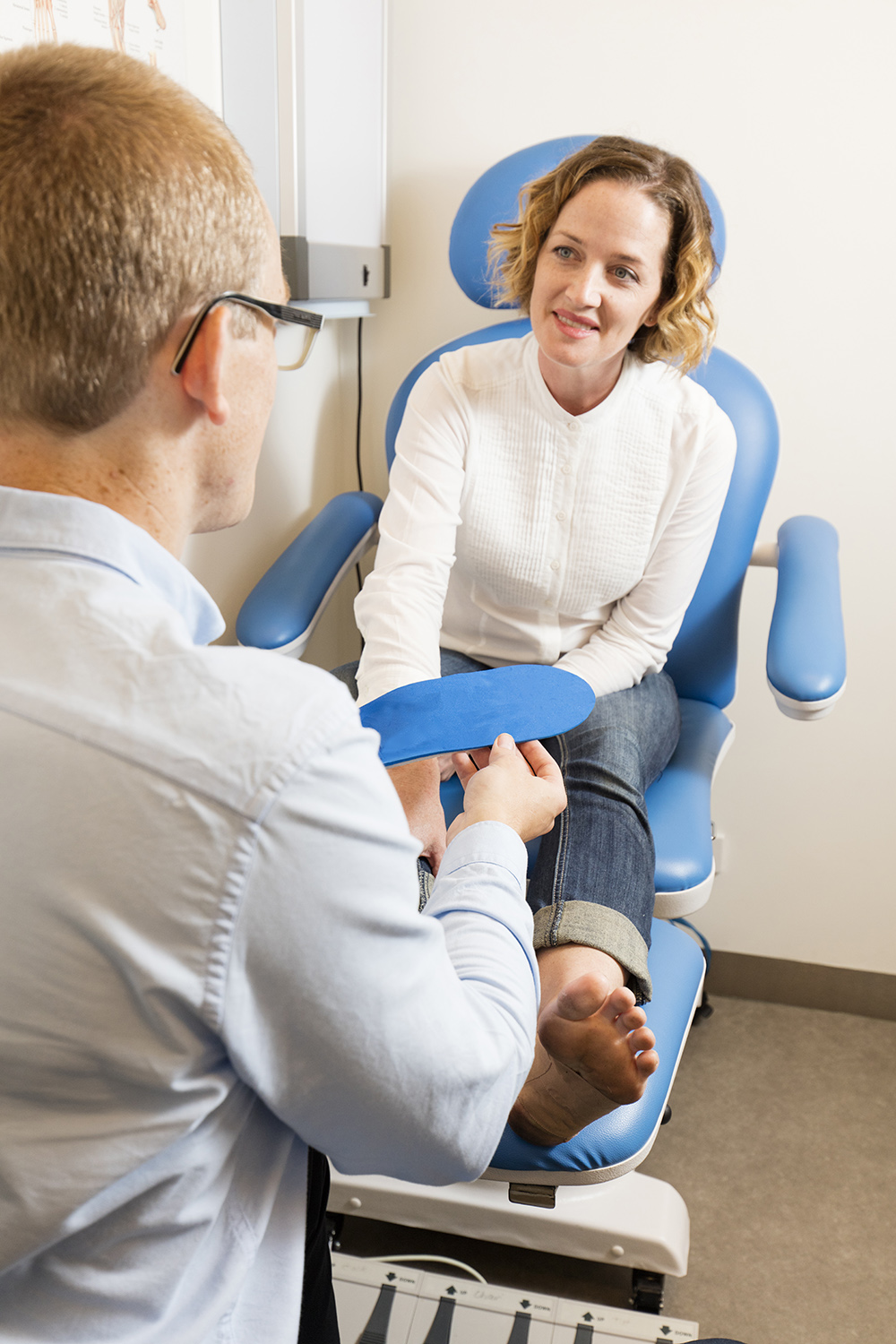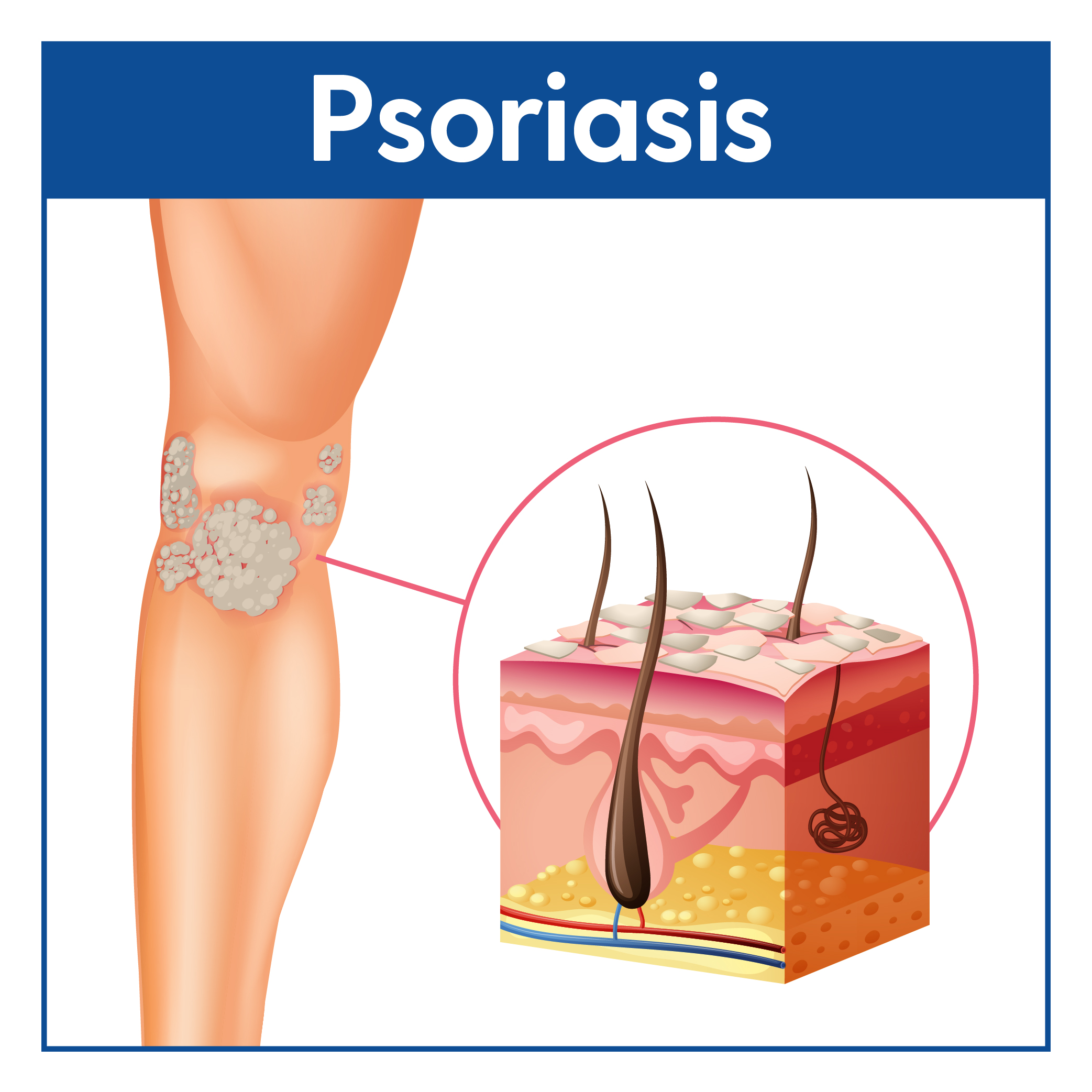

Psoriasis is an inflammatory skin condition that affects up to 6.6% of Australians. It is distinctly noted by thickened skin that is often scaly, well-defined and reddened. As psoriasis can have a dry appearance and can present on the feet (both top and bottom) and between the toes, it may be mistaken for an Athlete’s foot infection (tinea pedis), eczema and dermatitis.
Psoriasis may also affect your toenails and be mistaken for a fungal nail infection due to the nails becoming thicker, have a yellow discolouration, become brittle and flaky, or have the nail separate from the nail bed – all potential symptoms of fungal nails.
What Causes Psoriasis?
While the exact cause of psoriasis remains unclear, research shows that it’s related to both the immune system and genetics. The scaling on the skin is caused by a faster skin lifecycle where the quickly growing skin cells build up before they have a chance to fall off like our skin cells naturally do.
While anyone can get psoriasis, symptoms tend to first present around childhood and are more likely to peak around 15-25 years old, and 50-60 years old.
There are many types of psoriasis, with the most common type we see as podiatrists being the plaque type and the pustular psoriasis type due to their presence on the feet. The symptoms of psoriasis may be aggravated by stress, alcohol consumption, sun exposure, injuries, infections, medications and more.

Managing Psoriasis
Due to the complex nature of psoriasis, treatment is best guided by your GP or dermatologist and often starts with topical skin ointments and prescription medications from your GP. As podiatrists, we help patients with psoriasis:
- Manage their painful symptoms
- Manage any infection risks where wounds or breaks in the skin occur
- Select comfortable footwear and socks that will help improve their quality of life and reduce the risk of injury which may contribute to further psoriasis symptoms
- Use custom foot orthotics to offload areas of excess pressure that may be causing their pain
- Manage any subsequent foot problems like corns and callus
- Manage any pain or problems resulting from changes to the appearance and structure of their toenails
- Rule out the presence of Athlete’s foot, fungal nail infections and other conditions
Here at My FootDr, our goal is always to help you feel your best on your feet and improve your quality of life so you can stay comfortable, mobile and independent. Every management plan has a strong focus on long-term management and relief, as well as helping with any immediate symptoms you are experiencing.



